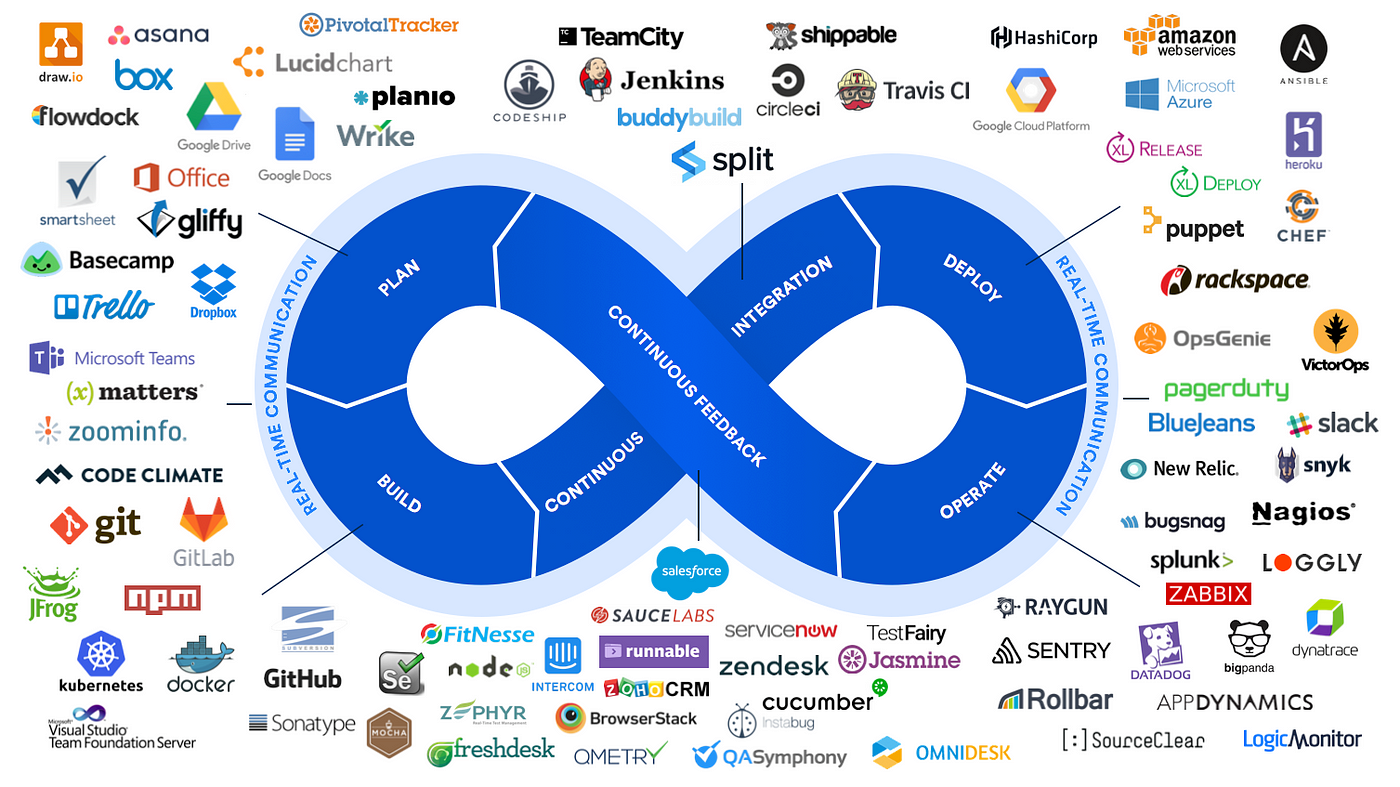Day 1 of DevOps - 45 Days: What is DevOps?
 Jatin
Jatin
Welcome to Day 1 of the 45 Days of DevOps journey! Over the next several weeks, we will dive into various aspects of DevOps, its tools, best practices, and how it is revolutionizing the software development and delivery process. Whether you're a beginner or an experienced engineer, this series will give you insights and actionable knowledge to improve your DevOps skills.
Topic cover in this blog's
✅ What is DevOps
✅ Why DevOps
✅ How DevOps Changes the Game
✅ Adopting DevOps: A Mindset Shift
✅ How to Introduce Yourself as a DevOps Engineer
✅ Conclusion
What is DevOps?
In the simplest terms, DevOps is a set of practices or a culture that organizations adopt to enhance their ability to deliver applications and services quickly and efficiently. The goal of DevOps is to improve the speed and quality of the delivery pipeline—from development to production.
Why DevOps?
Traditionally, the software development process involved multiple roles that worked in silos. Here's a breakdown of how it looked before DevOps:
System Administrators (SysAdmins): Responsible for creating and maintaining servers.
Testers: Focused on testing the applications developed by engineers.
Build and Release Engineers (BRE): Managed the deployment of new software versions.
Developers: Built and handed off applications to be tested and deployed by other teams.
This fragmented process could take weeks to roll out even minor updates. For example, updating from version 1 to version 2 could take as long as 10 days only to dilivery into production or maybe more also.
Before DevOps
Multiple Teams: Each team had a specialized role (development, testing, deployment), leading to inefficiencies.
Lengthy Processes: Moving an application through the stages (development → testing → staging → production) was slow.
Lack of Collaboration: Since teams worked in silos, communication gaps caused delays and misunderstandings.
How DevOps Changes the Game
DevOps introduces a culture of collaboration where development and operations teams work together throughout the entire software lifecycle. It promotes automation, continuous integration, continuous delivery (CI/CD), monitoring, and rapid testing.
With DevOps, what used to take 10 days can now be done in a day, or even just a few hours.
Automation: Tools like Jenkins, CircleCI, and GitLab automate the build and deployment process.
Quality: Automated testing ensures code quality and quick feedback.
Monitoring: Real-time monitoring of systems using tools like Prometheus and Grafana.
Rapid Delivery: CI/CD pipelines allow continuous delivery of features to customers.
Before and After DevOps
| Aspect | Before DevOps | After DevOps |
| Teams | Separate teams for development, testing, and deployment. | Collaborative, cross-functional teams. |
| Deployment Speed | Took days or weeks. | Can take hours or even minutes. |
| Process | Manual processes with multiple hand-offs. | Automated, streamlined pipeline from code to production. |
| Feedback Loop | Delayed feedback between teams. | Immediate feedback via automated testing and monitoring. |
Adopting DevOps: A Mindset Shift
Introducing DevOps is more than just adopting new tools—it's about embracing a new way of thinking. Teams must collaborate more closely, automate processes, and continuously monitor systems. The key is adopting an iterative approach to quickly deliver value while maintaining quality.
Introducing Yourself as a DevOps Engineer
When introducing yourself as a DevOps engineer, it's essential to highlight your experience and passion for DevOps. Here's an example:
"I'm a DevOps engineer with [number] years of experience in improving application delivery and automation. Previously, I worked as a [build and release engineer/system administrator/server administrator/tester/developer] and have a strong background in [ relevant skills]. I'm passionate about DevOps and committed to delivering high-quality software quickly and efficiently."
Real-World Examples of DevOps in Action
Netflix: Netflix uses DevOps to deliver new features and updates to its platform quickly and efficiently, ensuring a seamless user experience.
Amazon: Amazon uses DevOps to automate its deployment process, reducing the time and effort required to deliver new applications and features.
Google: Google uses DevOps to improve the quality and reliability of its applications, ensuring that they meet high standards of performance and security.
Conclusion
DevOps is more than just faster software delivery; it’s about automating, improving quality, ensuring security, and building a culture of collaboration. By adopting a DevOps mindset and culture, organizations can improve their ability to deliver high-quality applications quickly and efficiently. DevOps can help you drive innovation and success in your organization.
Subscribe to my newsletter
Read articles from Jatin directly inside your inbox. Subscribe to the newsletter, and don't miss out.
Written by
